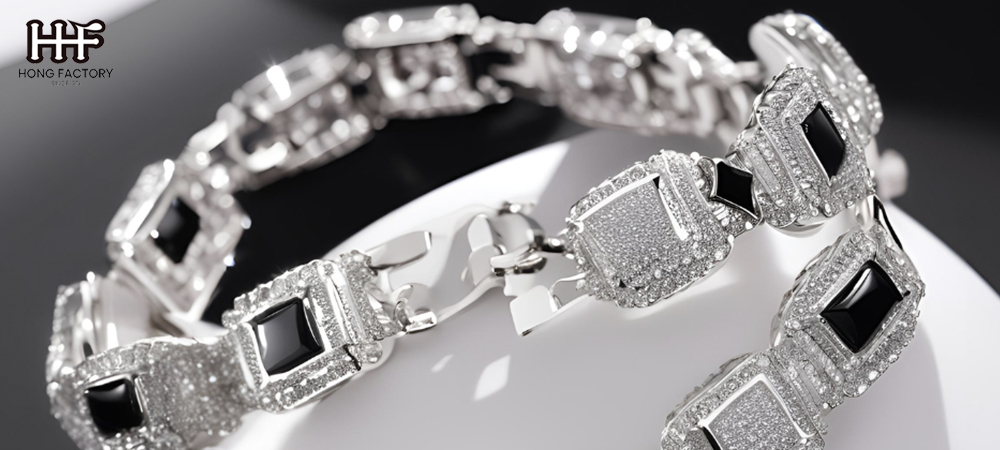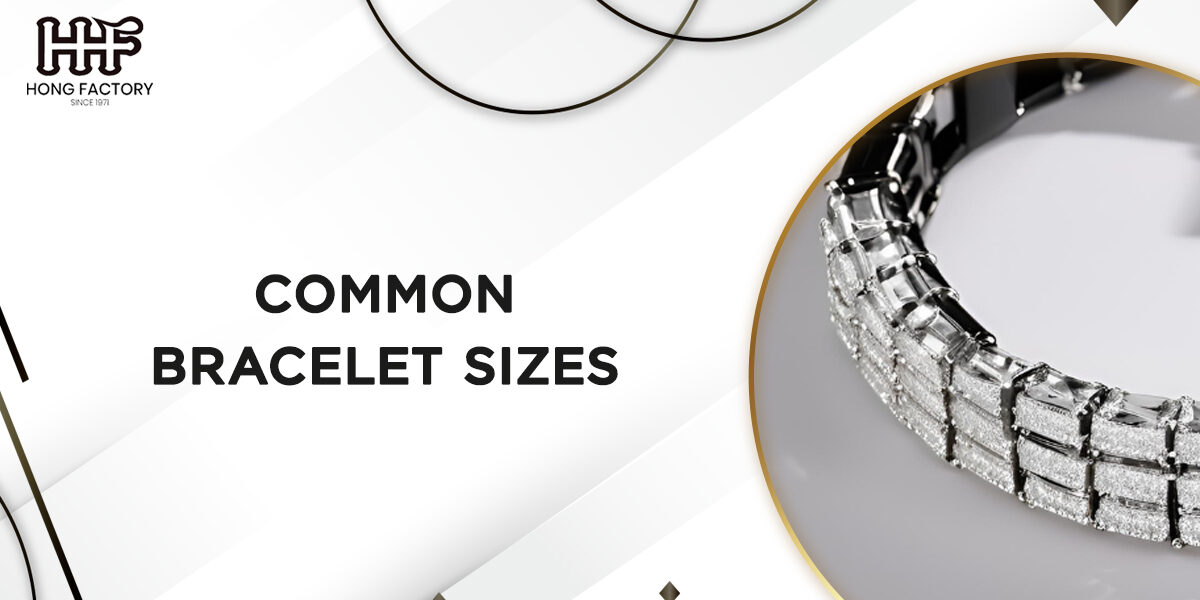When it comes to finding the perfect bracelet, size matters. Whether you’re shopping for yourself or selecting a gift, understanding common bracelet sizes can make all the difference. In this comprehensive guide, we’ll delve into everything you need to know about bracelet sizes, from measuring your wrist to selecting the right fit for various styles.
Understanding Bracelet Sizes
What Are Common Bracelet Sizes?
common bracelet sizes refer to the standard lengths that bracelets are typically made in. These sizes can vary based on gender, style, and the intended fit. Generally, bracelet sizes are measured in inches or centimeters and can range from extra small to extra large.
Women’s Bracelet Sizes
- Extra Small (XS) : 6.5 inches (16.5 cm)
- Small (S) : 7 inches (18 cm)
- Medium (M) : 7.5 inches (19 cm)
- Large (L) : 8 inches (20.3 cm)
- Extra Large (XL) : 8.5 inches (21.6 cm)
Men’s Bracelet Sizes
- Extra Small (XS) : 7 inches (18 cm)
- Small (S) : 7.5 inches (19 cm)
- Medium (M) : 8 inches (20.3 cm)
- Large (L) : 8.5 inches (21.6 cm)
- Extra Large (XL) : 9 inches (23 cm)
Children’s Bracelet Sizes
Children’s bracelets are typically sized by age, but it’s always best to measure the child’s wrist for accuracy. Common sizes include
- Infant : 4.5 inches (11.4 cm)
- Toddler : 5 inches (12.7 cm)
- Child : 5.5 inches (14 cm)
- Teen : 6 inches (15.2 cm)

How to Measure for the Perfect Bracelet Size
Measuring Your Wrist
To ensure a comfortable fit, follow these steps to measure your wrist accurately
- Use a Flexible Measuring Tape : Wrap a flexible measuring tape snugly around your wrist, just below the wrist bone where you would normally wear a bracelet.
- Note the Measurement : Make a note of the measurement where the tape meets.
- Add Length for Comfort : Depending on your desired fit, add a bit of length to your wrist measurement. Typically, adding 1/4 to 1/2 inch (0.6 to 1.3 cm) provides a snug fit, while adding 3/4 to 1 inch (1.9 to 2.5 cm) allows for a looser fit.
Bracelet Sizing Tips
- onsider the Clasp : Some clasps add length to the bracelet, so factor this into your measurements.
- Account for Beads and Charms : If the bracelet features beads or charms, you may need to add extra length to ensure a comfortable fit.
- Test for Comfort : Try on the bracelet and move your wrist to ensure it fits comfortably without being too tight or too loose.
Choosing the Right Bracelet Size for Gifting
Consider the Recipient’s Preferences
When selecting a bracelet as a gift, consider the recipient’s style preferences and wrist size. If possible, discreetly measure their wrist or use the following general guidelines based on average sizes
- Women : 7 to 7.5 inches (18 to 19 cm)
- Men : 8 to 8.5 inches (20.3 to 21.6 cm)
- Children : 5 to 6 inches (12.7 to 15.2 cm)
Opt for Adjustable Bracelets
If you’re unsure of the exact size, opt for bracelets with adjustable features. These can include adjustable chains, sliding knots, or stretchable materials that accommodate various wrist sizes.
Common Bracelet Sizes and Style Trends
Popular Styles in Women’s Bracelets
Delicate Chain Bracelets
Delicate chain bracelets are a timeless choice, often featuring minimalist designs and adjustable lengths. These are typically worn snugly and can be layered with other bracelets for a trendy look.
Charm Bracelets
Charm bracelets allow for personalization and often come with adjustable links. Ensure there’s enough room to add charms without making the bracelet too tight.
Statement Cuffs
Statement cuffs are bold and can be worn alone as a focal piece. They should fit comfortably around the wrist without pinching.
Popular Styles in Men’s Bracelets
Leather Bracelets
Leather bracelets are popular for their rugged and versatile appeal. These often come in adjustable sizes and can be stacked with other bracelets or a watch.
Beaded Bracelets
Beaded bracelets for men are often made with natural stones and elastic bands for a flexible fit. Choose a size that fits snugly without being too tight.
Metal Bracelets
Metal bracelets, such as stainless steel or titanium, offer a sleek and modern look. Ensure the size provides a comfortable fit, especially if the bracelet is rigid.
Popular Styles in Children’s Bracelets
Friendship Bracelets
Friendship bracelets are a fun and colorful option for kids. These often come in adjustable sizes and are made from braided threads or beads.
ID Bracelets
ID bracelets for children are both stylish and functional, often featuring a nameplate or charm. Ensure the bracelet is the right size to stay securely on the wrist without being too loose.

How to Adjust Bracelet Sizes
Resizing Chain Bracelets
For chain bracelets, resizing typically involves adding or removing links. This can usually be done by a professional jeweler to ensure the bracelet maintains its integrity.
Adjusting Cuff Bracelets
Cuff bracelets can be gently widened or tightened by hand. Be careful not to apply too much pressure to avoid bending or breaking the material.
Stretching Beaded Bracelets
Beaded bracelets strung on elastic can sometimes be adjusted by replacing the elastic with a longer or shorter piece. This should be done carefully to avoid losing beads.
Caring for Your Bracelets
Regular Cleaning
Keep your bracelets clean by wiping them with a soft cloth. For metal bracelets, use a jewelry cleaner to maintain their shine. Beaded and leather bracelets may require specific cleaning methods to preserve their materials.
Proper Storage
Store your bracelets in a jewelry box or a soft pouch to prevent them from getting tangled or damaged. Keep them away from moisture and direct sunlight to prolong their lifespan.
Periodic Inspections
Regularly inspect your bracelets for signs of wear and tear. Check clasps, links, and elastic for any damage and have them repaired promptly to avoid losing your bracelet.
Conclusion
Understanding common bracelet sizes is crucial for selecting the perfect piece, whether for yourself or as a gift. By following the guidelines in this comprehensive guide, you’ll be well equipped to choose the right bracelet size and style for any occasion. Remember to measure accurately, consider the recipient’s preferences, and maintain your bracelets with proper care. With this knowledge, you can confidently navigate the world of bracelets and find the perfect fit every time.
